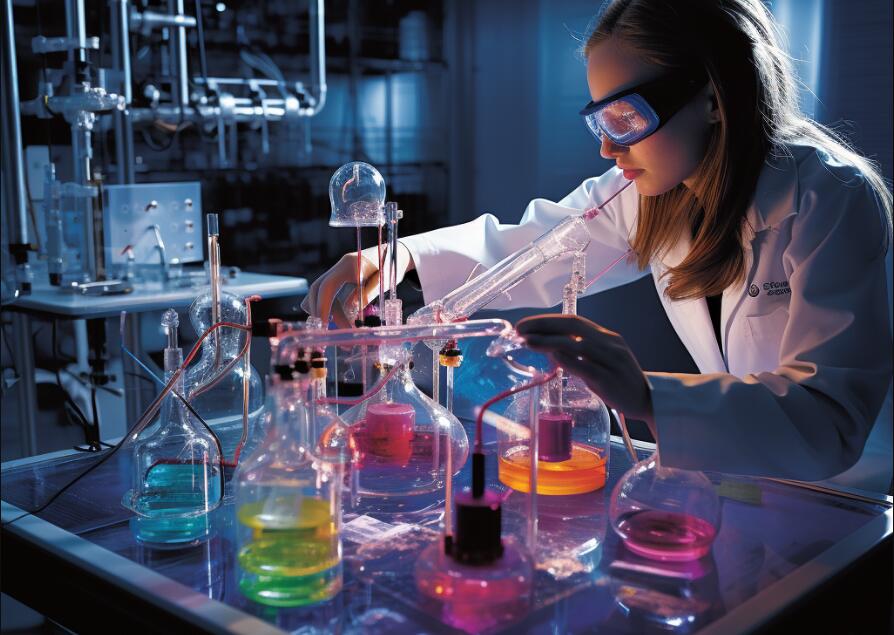
Where to buy Cream Chargers: A Comprehensive Guide
For most of us, whipped cream desserts fall somewhere between a daily necessity and a daily pleasure. And if you are reading this, then you
Nitrous oxide, often symbolized as N2O and colloquially known as “laughing gas”, has a rich history and a wide range of applications that span across various industries. Discovered in 1772 by English natural philosopher and chemist Joseph Priestley, this colorless, non-flammable gas has unique properties that make it invaluable in several fields. From inducing fits of laughter in a dentist’s chair to giving that extra boost in race cars, nitrous oxide’s versatility is truly remarkable. This article delves into the multifaceted uses of N2O, shedding light on its significance in our daily lives and the broader implications of its use.

Nitrous oxide (N2O) is a simple molecule, consisting of two nitrogen atoms bonded to a single oxygen atom. It’s a colorless gas under normal conditions, with a slightly sweet odor and taste. Chemically, it’s considered an oxide of nitrogen.

Chemical Properties:
N2O is relatively stable under normal conditions but can be reactive under specific circumstances. When heated, it can decompose to produce nitrogen and oxygen gases. This decomposition is an exothermic process, meaning it releases energy in the form of heat.
Production: The primary method for producing nitrous oxide is by heating ammonium nitrate, which decomposes to produce N2O and water vapor. The reaction is as follows:
NH4NO3→N2O+2H2O
Once produced, the gas is purified, compressed, and stored in metal canisters or tanks for various applications.
It’s worth noting that while nitrous oxide occurs naturally in the atmosphere, human activities, particularly industrial processes and agriculture, have significantly increased its concentrations over the past century. This rise has implications for global warming, as N2O is a potent greenhouse gas, with nearly 300 times the heat-trapping capability of carbon dioxide over a 100-year period.
Nitrous oxide, often referred to as “laughing gas” in the medical context, has been a staple in the world of medicine for over a century. Its unique properties make it a versatile tool for various medical applications.

Anesthesia and Analgesia:
The most well-known medical use of nitrous oxide is in anesthesia. It was first introduced in the 1840s as a surgical anesthetic. Today, it’s commonly used in combination with other anesthetic agents to enhance their effects and reduce the required doses of other drugs. When inhaled, nitrous oxide provides both analgesic (pain-relieving) and anxiolytic (anxiety-reducing) effects, making surgical procedures more comfortable for patients.
Dentistry:
In the realm of dentistry, nitrous oxide is used as a sedative to calm anxious patients, especially children or those with dental phobias. It’s administered through a mask, allowing patients to relax without inducing full unconsciousness. The effects wear off quickly once the gas supply is stopped, allowing patients to recover rapidly post-procedure.
Obstetrics:
In some countries, nitrous oxide is used for pain relief during childbirth. It’s self-administered, allowing the laboring mother to control the amount of gas she inhales. It doesn’t eliminate the pain entirely but can make contractions more bearable.
Emergency Medicine:
Due to its rapid onset and short duration of action, nitrous oxide is sometimes used in emergency situations to provide quick pain relief, especially when intravenous access is not immediately available.
Potential in Treating Mental Health Disorders:
Recent studies have explored the potential of nitrous oxide in treating certain mental health conditions, such as treatment-resistant depression. Preliminary results are promising, but more research is needed in this area.
It’s essential to note that while nitrous oxide has many beneficial medical applications, its administration requires trained professionals. Overdose or prolonged exposure can lead to oxygen deprivation and other adverse effects.
Nitrous oxide isn’t just confined to the medical world; it has made a significant mark in the automotive and industrial sectors as well.

Automotive Racing:
In the realm of car racing, nitrous oxide is often referred to as “NOS” (Nitrous Oxide System). When introduced into an engine’s combustion chamber, nitrous oxide provides more oxygen, allowing for a more potent fuel burn. The result? A sudden boost in horsepower, giving racers that extra edge during competitions. However, it’s crucial to use this system correctly, as improper use can lead to engine damage.
Rocket Propulsion:
Nitrous oxide has also found its way into the aerospace industry. It’s used as an oxidizer in rocket propellants. Its stability at room temperature makes it a preferred choice for certain types of rockets, especially those used in amateur rocketry and some commercial applications.
Food Packaging:
In the food industry, nitrous oxide is used as a propellant for aerosol sprays, including whipped cream dispensers. It prevents the growth of bacteria and other pathogens, ensuring that the food remains fresh and safe to consume.
Manufacturing:
Nitrous oxide plays a role in manufacturing, especially in the production of certain types of electronics and semiconductors. It’s used to create a controlled atmosphere for specific manufacturing processes.
While these applications showcase the versatility of nitrous oxide, it’s essential to handle and use it responsibly, given its potential risks when misused.
In recent years, nitrous oxide has gained notoriety for its recreational use. Often referred to as “whippets,” “laughing gas,” or “hippy crack,” it’s inhaled to achieve a brief euphoric state and a feeling of lightheadedness.

Brief Euphoria:
When inhaled recreationally, nitrous oxide can produce a fleeting sensation of floating or a “buzz” that lasts for a few minutes. This is often accompanied by fits of laughter, hence the nickname “laughing gas.”
Risks and Dangers:
Despite its short-lived effects, the recreational misuse of nitrous oxide is not without risks. Prolonged inhalation can lead to oxygen deprivation, which can result in unconsciousness or, in extreme cases, death. There have also been reports of injuries from accidents caused by the impaired judgment while under the influence of the gas.
Legal Implications:
Many countries and states have regulations in place regarding the sale and possession of nitrous oxide. While it’s legal for medical and industrial purposes, its sale for recreational inhalation can be illegal or restricted in many places.
Public Perception:
The recreational use of nitrous oxide has been a topic of debate and concern. While some view it as a harmless way to have a quick laugh, others warn of its potential dangers, especially when used in combination with other substances or in excessive amounts.
Nitrous oxide is also a greenhouse gas, albeit less discussed than carbon dioxide. However, its impact on global warming is nearly 300 times more potent than CO2 on a per molecule basis.

Agricultural Emissions:
A significant portion of nitrous oxide emissions comes from agricultural practices, especially the use of synthetic fertilizers. These emissions contribute to the greenhouse effect and, subsequently, global warming.
Mitigation Efforts:
To combat the environmental impact of nitrous oxide, various strategies are being researched and implemented. These include better fertilizer management practices, the development of crops that produce less nitrous oxide, and efforts to capture and utilize the gas before it’s released into the atmosphere.
Nitrous oxide, a simple molecule with a wide range of applications, has undoubtedly left its mark in various sectors, from medicine to motorsports. Its versatility is a testament to its unique properties. However, with its benefits come responsibilities. Whether it’s ensuring safe medical practices, responsible racing enhancements, or understanding the implications of its recreational use, it’s crucial to approach nitrous oxide with knowledge and respect. As with many substances, it’s not just about what it can do, but how we choose to use it.

For most of us, whipped cream desserts fall somewhere between a daily necessity and a daily pleasure. And if you are reading this, then you

Image sourced from m.indiamart.com At StarWhip, we understand the importance of fast and efficient whipped cream charger delivery. That’s why we’re excited to introduce our

In today’s digital age, online shopping has become a staple for many. From clothes to electronics, almost everything is available at the click of a

Laughing gas, scientifically known as nitrous oxide (N2O), has various applications ranging from medical to culinary. Whether you’re a dentist looking for sedation options, a

In recent times, there has been a significant buzz around the age requirement for purchasing whipped cream chargers, especially in New York. The question arises

Whipped cream chargers have revolutionized the culinary world, making it easier than ever to create fluffy, delicious whipped cream in seconds. But a common question